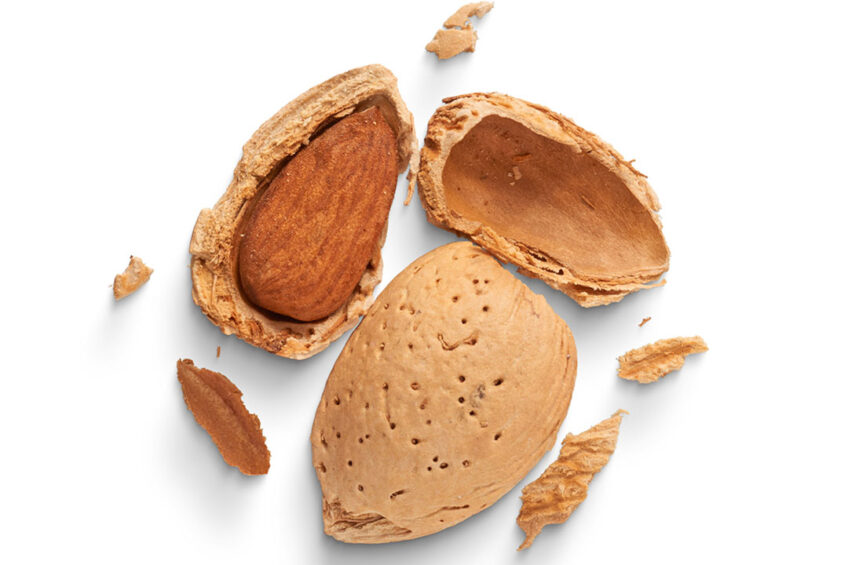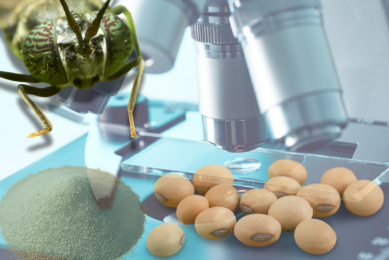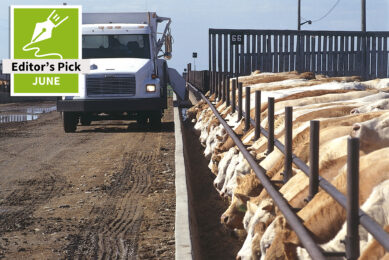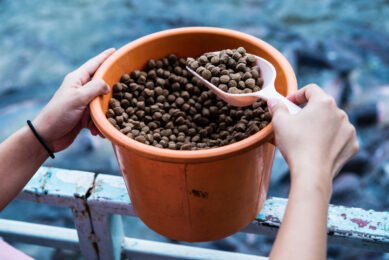Using yeast to convert almond hulls to animal feed

Yeast grown on almond hulls could be a new, sustainable route to produce high-protein animal feed from an agricultural waste product.
Animal feed ingredients, particularly those abundant in high quality protein, are the most expensive component of livestock production. California almond production generates nearly 3m tons of biomass per year with about 50% in the form of hulls.
At present almond hulls are a low-value by-product primarily used for animal feed for dairy cattle. This is due to the low protein and essential amino acid content, at around 30% d.b.
Research: Boosting nutritional value of almond hulls
But researchers wanted to look at feeding almond hulls to yeast which might boost their nutritional value. Yeast could consume sugars from the hulls and produce protein.
Led by Kryia Boundy-Mills, curator of the Phaff Yeast Culture Collection at the University of California Davis Department of Food Science and Technology, researchers screened 65 yeast strains from the collection to see if they could grown on liquefied almond hulls.
A multi-phase screening approach was used to identify yeasts that can consume a large proportion of the sugars in almond hulls while accumulating high concentrations of amino acids essential for livestock feed.
Initial results are promising
Compositional analysis showed that almond hulls are rich in polygalacturonic acid (pectin) and soluble sucrose. A pectinase-assisted process was optimised to liquify and release soluble sugars from the almond hulls.
The process did require adding enzymes to convert the hulls to a slurry, and nitrogen for the yeasts to produce proteins. Yields of essential amino acids, especially lysine, need further improvement.
Alternative to palm oil
The team at UC Davis is also researching using yeasts grown on almond hulls or grape pomace – a residue from winemaking – to make oils that solidify at room temperature. These could be a sustainable alternative to animal fats and tropical oils, such as palm oil.
Boundy-Mills said: “The Phaff Yeast Culture Collection makes this study possible, because we have over 9,000 strains belonging to over 1,500 yeast species.” The collection is in the process of absorbing another 5,000 yeasts from retired Canadian professor, UC Davis alum Mare-Andre Lachance.
The study – Production of high protein yeast using enzymatically liquefied almond hulls | PLOS ONE











